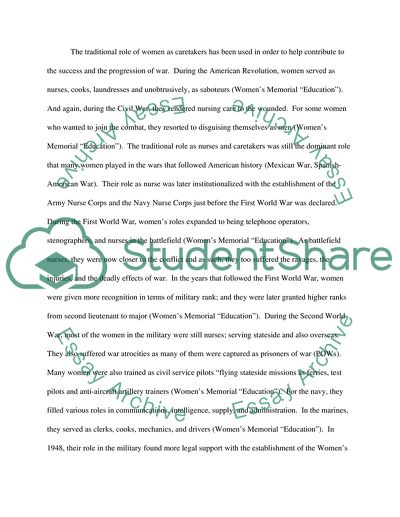Cite this document
(“Women in the Military Past, Present, and Future Research Paper”, n.d.)
Women in the Military Past, Present, and Future Research Paper. Retrieved from https://studentshare.org/military/1734452-women-in-the-military-pastpresent-and-future-us-military
Women in the Military Past, Present, and Future Research Paper. Retrieved from https://studentshare.org/military/1734452-women-in-the-military-pastpresent-and-future-us-military
(Women in the Military Past, Present, and Future Research Paper)
Women in the Military Past, Present, and Future Research Paper. https://studentshare.org/military/1734452-women-in-the-military-pastpresent-and-future-us-military.
Women in the Military Past, Present, and Future Research Paper. https://studentshare.org/military/1734452-women-in-the-military-pastpresent-and-future-us-military.
“Women in the Military Past, Present, and Future Research Paper”, n.d. https://studentshare.org/military/1734452-women-in-the-military-pastpresent-and-future-us-military.


